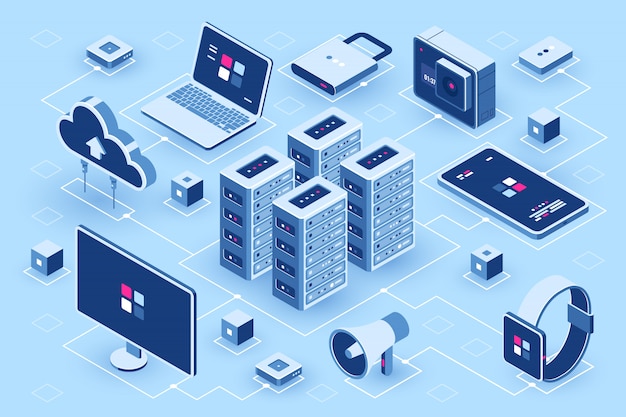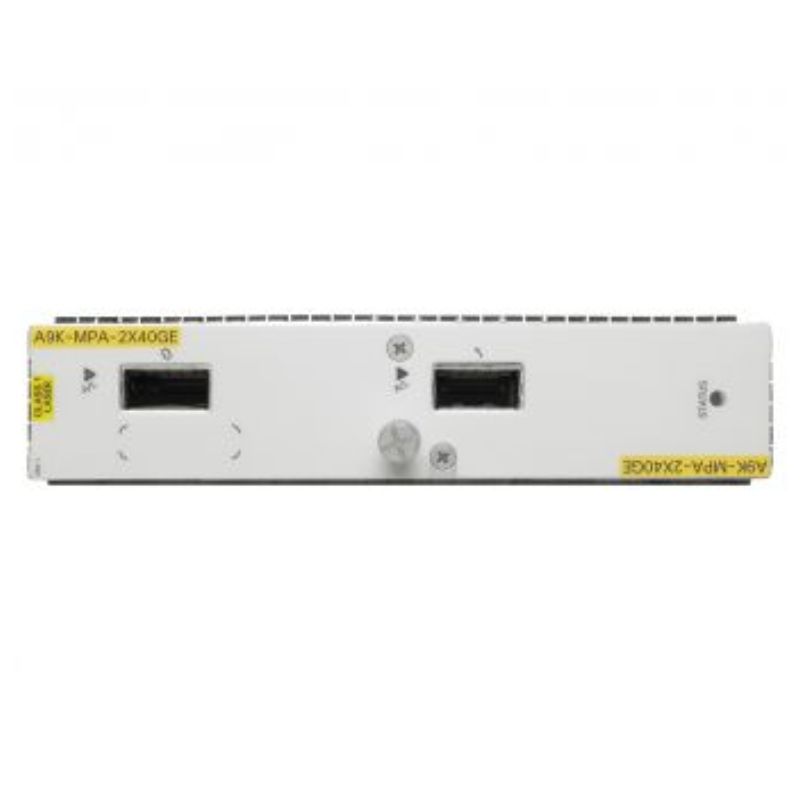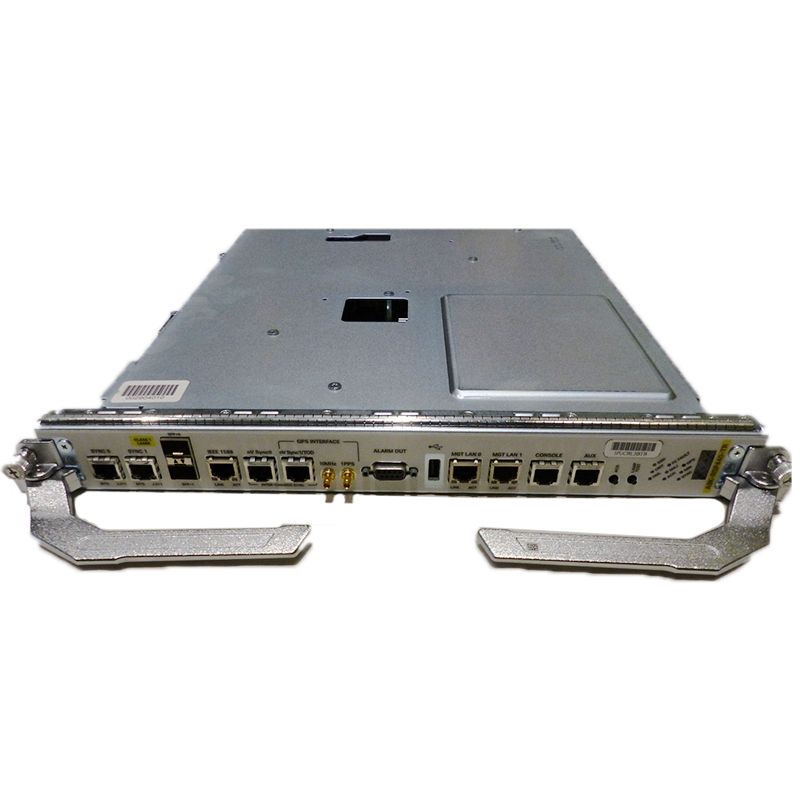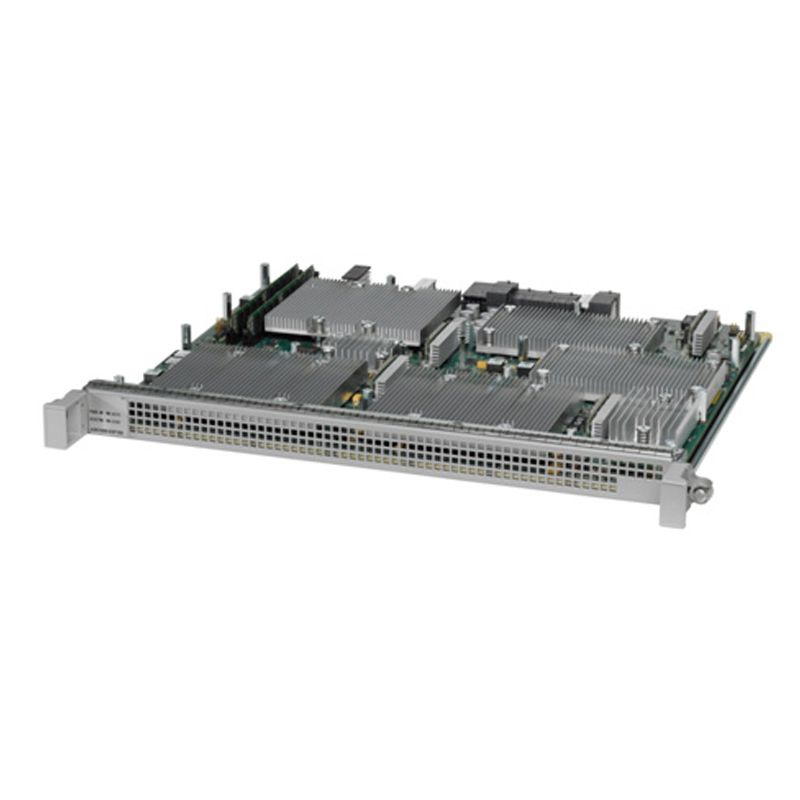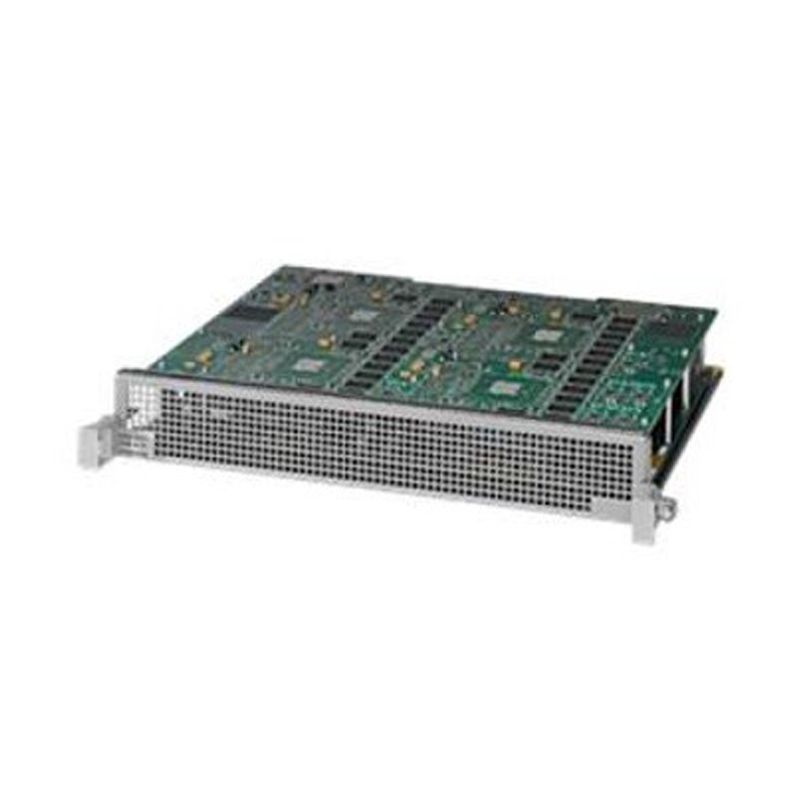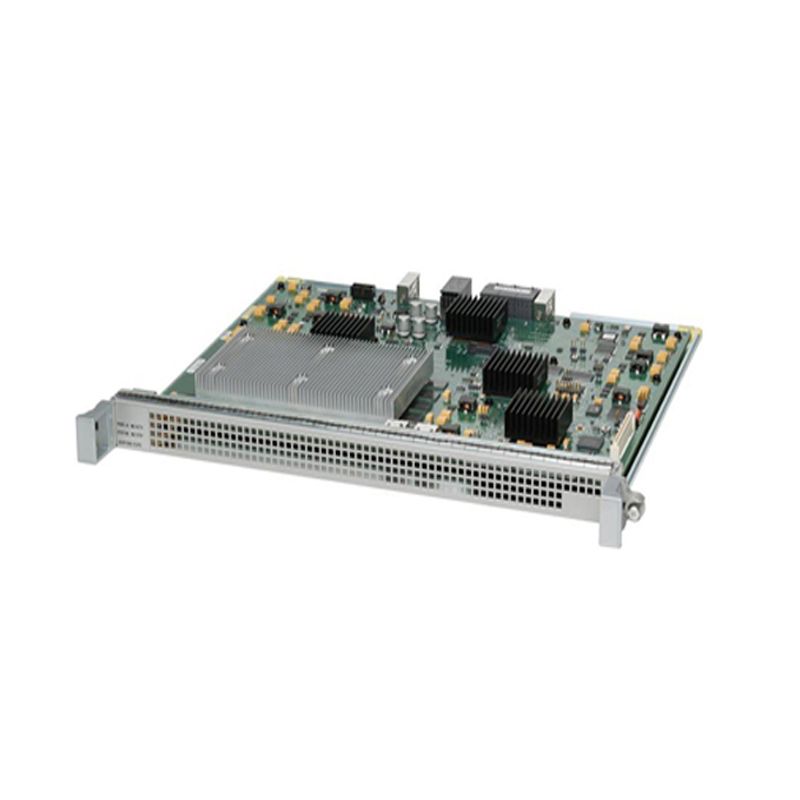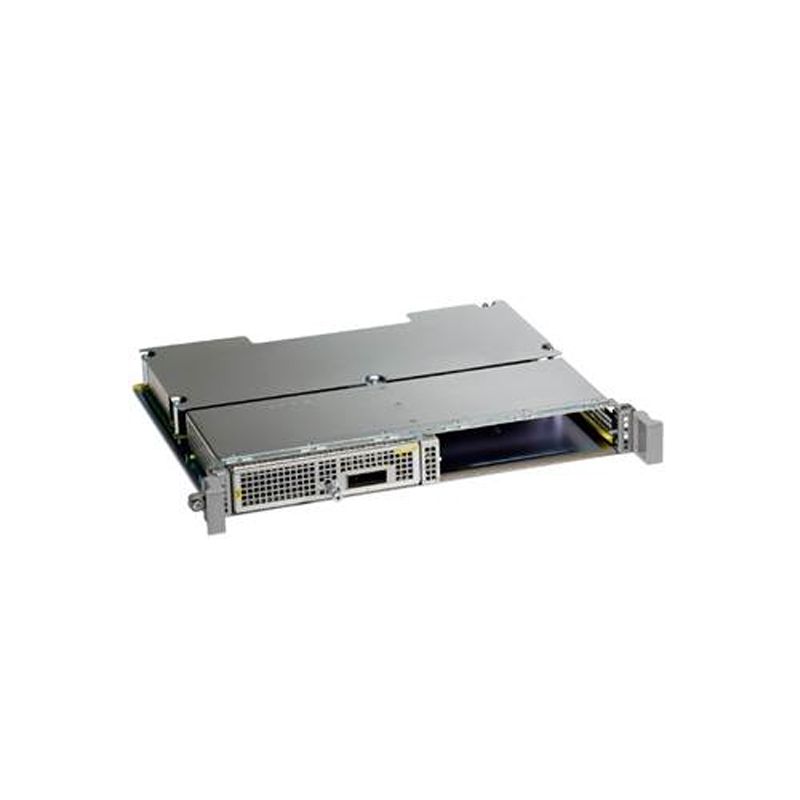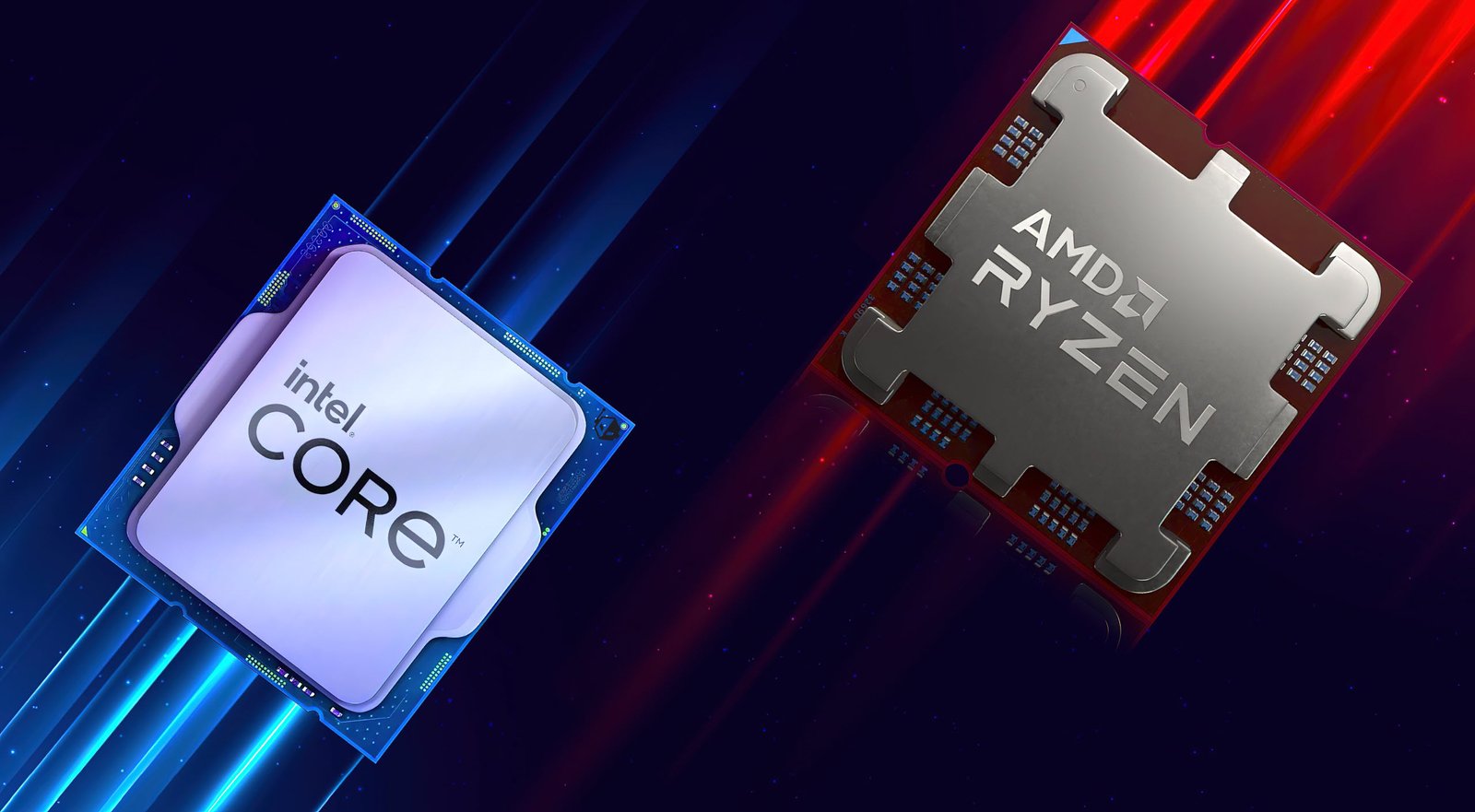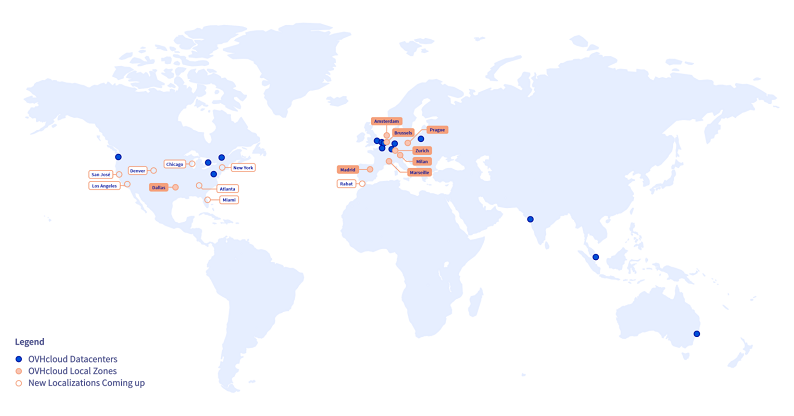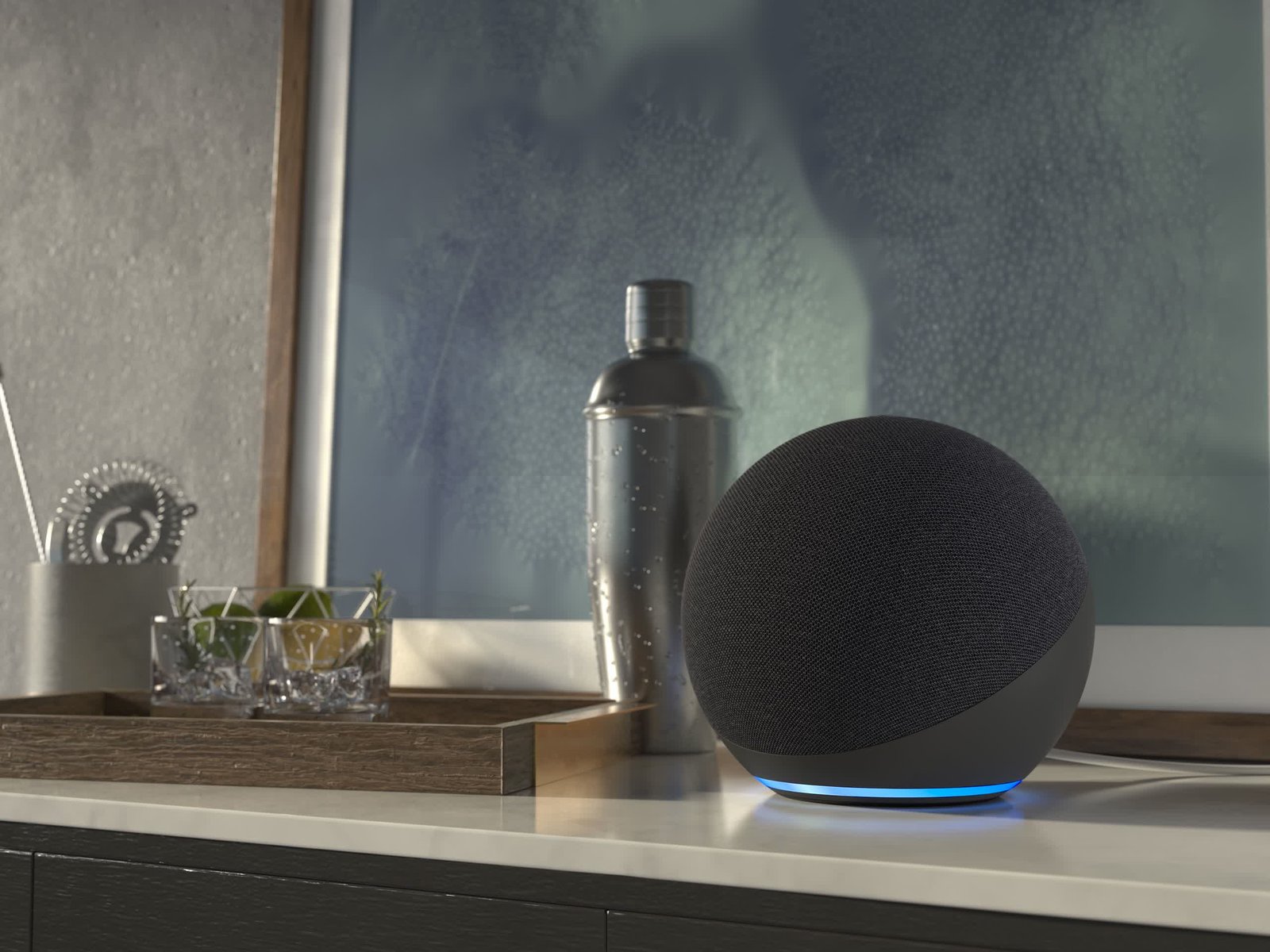You don’t measure the size of a car based on how much gas it can fit in its tank. You don’t determine how large a house is by calculating the voltage flowing through its circuits. You don’t compare the processing power of computers according to the electricity their CPUs consume.
Yet, when it comes to measuring the size of data centers, the primary metric is total energy intake. Conversations about data center capacity frequently focus on the maximum megawatts that a facility can consume – hence why you might hear a company promote its 100 MW data center, for example, or others talk about 10 MW data center projects.
This raises the question: Why, exactly, do we measure data centers based on energy input? What are the advantages and disadvantages of this approach? And which other metrics could the industry use alongside, or in place of, total megawatt intake to compare data center capacity?
Understanding Data Center Size Measurements
When people want to know how large a data center is, they usually do so because they’re interested in how many servers it can support, which is itself a measure of how many applications or data it can host.
That makes sense; given that data centers’ primary purpose is to host workloads, ascertaining how many workloads a facility can support is critical for determining its ultimate value and usefulness.
Related:Data Centers Face Growing Pains As AI Enters Its ‘2G Era’
A challenge, though, is that there is no single metric that can accurately capture a data center’s total hosting capacity. Multiple factors impact data center capabilities, including:
-
Building size: The physical dimensions of a facility determine how many servers you can fit inside.
-
Server rack size: Server racks come in different sizes, which also affects the number of servers that can fit inside a data center.
-
Server rack layout: The positioning of server racks on the data center floor may impact the total number of racks and servers it can accommodate.
-
Cooling capacity: The efficiency of data center cooling systems can place a limit on total server count. If you deploy more servers than you can keep cool, you’ll run into major problems.
-
Network infrastructure: The capacity of the network connecting servers inside a data center, as well as external connections to the Internet, restricts total server capacity.
-
Total power input: A data center’s total electrical input limits its capacity because you can only deploy as many servers as you can power.
-
Power efficiency: The efficiency at which data center equipment consumes power (usually measured based on power usage effectiveness, or PUE) is also a factor. The more energy-efficient your infrastructure is, the more workloads you can host using a fixed power capacity.
Related:Nuclear and Natural Gas Offer a Fast-Track to Data Center Power

A 100 MW data center with poor efficiency might support fewer workloads than an 80 MW facility with better power usage. Image: Bloomberg.
The Pros and Cons of Sizing Data Centers Based on Energy Input
Of all the factors just described, one plays an especially prominent role in comparing data center capacity: power input.
Metrics like square footage and total theoretical server rack count are also often discussed. But if someone needs to sum up a data center’s size using a single number, it’s likely to be a measure of how many megawatts of energy flow into it.
In some respects, this approach makes sense. The major advantage of measuring data center capacity based on power input offers is that it’s a relatively consistent proxy for how many servers and workloads a data center can support. More workloads require more power, so more power generally correlates with more capacity.
On the other hand, a major downside is that total energy input doesn’t always translate linearly to total server capacity. A server’s power requirements can fluctuate widely based on its components, the specific workloads it hosts, and the efficiency of the cooling system that protects it.
For this reason, total power input measurements are more meaningful if they’re accompanied by PUE metrics, since PUE reflects which percentage of available energy inside a data center can be used to power servers. For example, a 100 MW data center with poor power usage effectiveness might not be able to support as many workloads as an 80 MW data center that uses electricity more efficiently, thanks to energy-saving innovations like immersion cooling.
Related:A Guide to Data Center Water Usage Effectiveness (WUE) and Best Practices
That said, other metrics for assessing data center capacity, like square footage or server rack count, are also imperfect measurements of what a data center can actually do. The size of servers and server racks can vary, so server room square footage doesn’t translate neatly to how much infrastructure a facility can host. The number of servers you can fit in a rack can also vary. And even when physical space is not a constraint, cooling limitations might be.
Thus, if the industry defaults to focusing on total energy input, it may be because there is no better alternative.
Size Matters: Accurately Calculating Data Center Capacity
Ultimately, the best way to measure data center size is by considering a number of factors, including but not limited to energy input – and to remember that assessments of data center capacity only roughly correlate with how many workloads a facility can actually host.
Data centers are inherently complex, and there’s no single size metric that can capture that complexity without losing a lot of detail.








